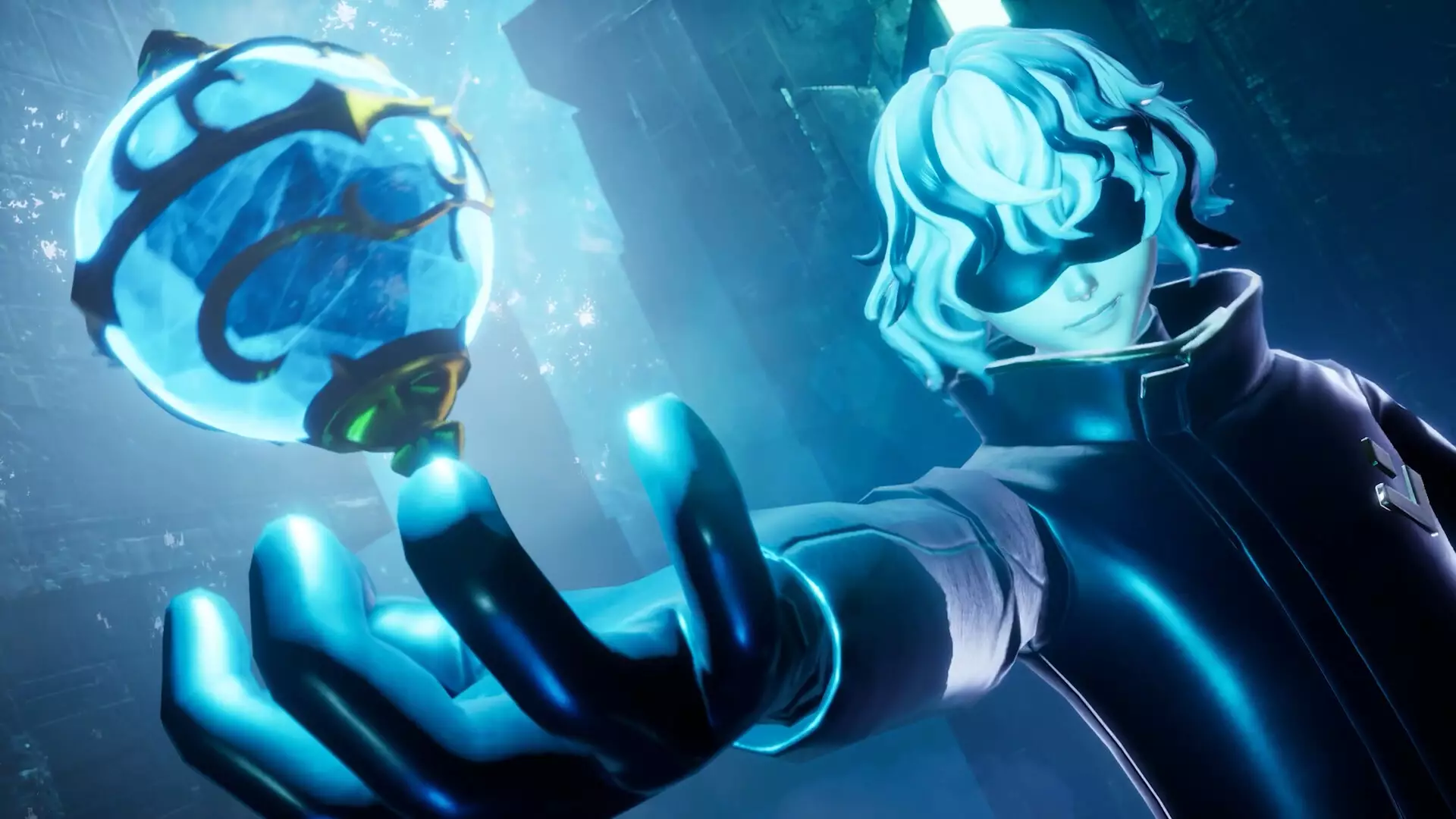In the vibrant world of game development, where excitement runs high and player engagement is the ultimate goal, the intricate process behind creating substantial content often remains hidden from the audience. Developers from immensely popular titles like Helldivers 2 and Palworld have echoed a shared sentiment: players frequently underestimate the time, effort, and precision required to produce new game content. Such a disparity between developer timelines and player expectations can lead to frustration on both sides.
Game developers are not just creators; they are storytellers, engineers, and artists who pour countless hours into crafting immersive experiences. Despite the success of games that attract millions, such as Helldivers 2 and Palworld, the reality of content creation is much more daunting than one might assume. As Palworld’s community and publishing manager, John Buckley, asserts, the demand for rapid updates often collides with the intricate logistics of game development. Players, enamored with their gaming experiences, find themselves yearning for new content before the dust has even settled on the last update.
Reality Check: Timelines and Player Expectations
The crux of the issue lies in the misalignment of expectations concerning development timelines, as noted by Buckley. Many players draw comparisons with well-established franchises like Fortnite and Call of Duty, which are supported by vast teams and immense corporate backing. This often creates an unrealistic benchmark for smaller teams, leading to disappointment when they cannot meet the same rapid pace of content release.
Buckley explains the extensive timeline required to create intricate features, highlighting that even a new island in Palworld could demand half a year of dedication. This painstaking effort is often disregarded, leading to comments that suggest developers have “abandoned ship” or are “running away with money.” Such communications can be disheartening for developers who commit themselves to their projects with unwavering dedication. The challenge of explaining these lengthy timelines is compounded by the multifaceted nature of game development, wherein numerous variables impact even the simplest requests.
The Complexity of Game Development
Further complicating matters is the very nature of game development itself. Johan Pilestedt, the creative lead of Helldivers 2, elaborates on the distinct difference between game creation and other media forms, such as film. In movies, actors perform lines that are already scripted, but in games, developers must build characters and environments from the ground up. The creative process is not simply about coding; it involves crafting narratives, designing mechanics, and ensuring that everything coheres as a seamless whole.
These components are interdependent, with changes in one aspect often triggering a domino effect that alters others. As a result, simple modifications require comprehensive evaluations, making it an arduous task to react instantaneously to player feedback. Some may see a request as minor, yet it could entail rewriting entire segments of code or redesigning characters.
Engaging with the Community: The Need for Dialogue
While the dialogue between developers and their community is crucial, there is a palpable challenge in bridging the gap in understanding. Many players want to see immediate changes based on their suggestions. Although developers appreciate input from their community, the realities of production mean that suggestions may not be implemented right away – or at all.
Developers often use platforms for open dialogue to communicate their challenges, like discussing the complexities of timelines and resource allocation. Yet, the reality remains that the more intricate a game is, the longer it will take to evolve. The hope is that as more players engage with the gaming community, they become more attuned to this laborious process, fostering increased understanding and patience.
Empathy vs. Expectation: Changing the Narrative
It is essential to cultivate a sense of empathy and appreciation for the intricate work hidden beneath the surface of their favorite games. Players could benefit from recognizing that behind every update, expansion, or new character lies an extensive network of talents, each contributing to the final product. This awareness can shift the narrative from indifference to understanding as gaming communities grow more synergistically with their developers.
By actively addressing these misconceptions and fostering a culture of patience, the relationship between players and developers stands to improve significantly, leading to enriched gaming experiences that honor the genuine time and effort poured into creating them. Through selective education and open dialogue, developers can bridge the expectation gap, ultimately benefiting fans and creators alike.

